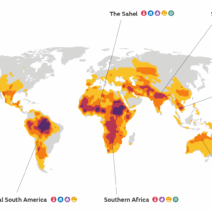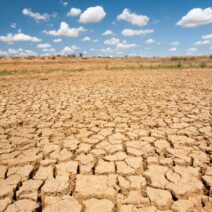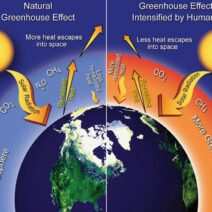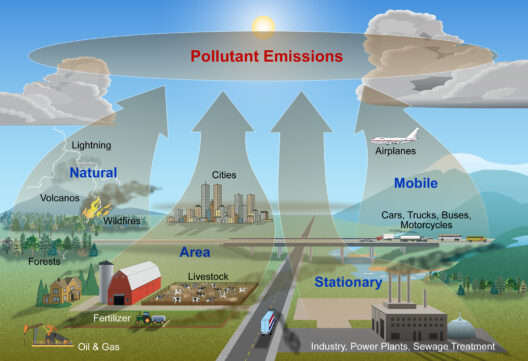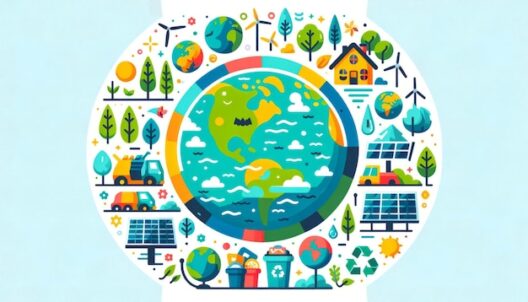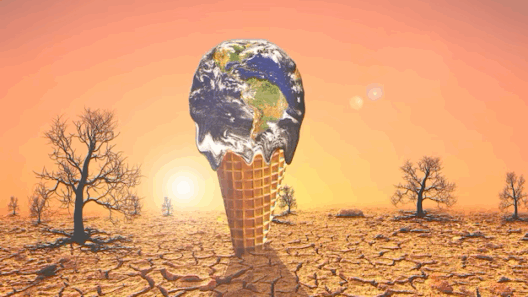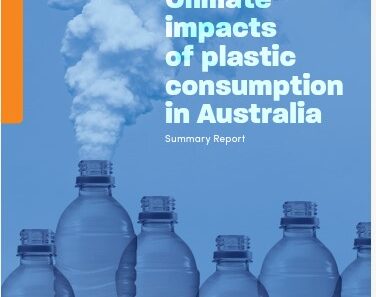Indonesia is a vast archipelago characterized by its richly diverse ecosystems encompassing pristine beaches, dense rainforests, and rugged mountains. However, the rampant progression of global warming has precipitated shifts in weather patterns profound enough to alter the very fabric of its seasonal cycles. Understanding the implications of such changes necessitates an exploration of the regional climatic variations, ecosystem responses, socio-economic repercussions, and imminent adaptations required to mitigate the adversities associated with a warming planet.
The first observable impact of climate change in Indonesia is the alteration of rainfall patterns. Traditionally, the archipelago experiences a distinct wet and dry season, dictated largely by monsoonal winds. However, increasing atmospheric temperatures have led to erratic precipitation, with some areas experiencing torrential downpours, resulting in devastating floods. Conversely, other regions are grappling with prolonged droughts that threaten agriculture, a critical pillar of the Indonesian economy. This changing hydrological regime not only impairs crop yields of staples such as rice and soybeans but also jeopardizes the livelihoods of millions who rely on farming for sustenance.
Additionally, the warmer climate has been correlated with an uptick in the frequency and intensity of extreme weather events, including cyclones and heatwaves. The Indonesian archipelago is particularly vulnerable to sea-level rise, with numerous island communities at risk of submergence. Cities such as Jakarta, already struggling with urban density and pollution, find their infrastructure inadequately equipped to handle the surging tides that climate change brings. The encroaching waters not only threaten housing but also critical freshwater resources, creating a cascade of issues pertaining to health, sanitation, and overall quality of life.
Unraveling the complexities of Indonesia’s shifting seasons requires an examination of its unique ecosystems. Indonesia boasts some of the planet’s most vital biodiversity hotspots, including the renowned rainforests of Sumatra and Borneo. These ecosystems provide crucial externalities such as carbon sequestration, which mitigates global warming effects. Nevertheless, as temperatures rise, species formation and interactions may alter, contributing to biodiversity loss. The inability of flora and fauna to adapt quickly enough to these environmental pressures could potentially lead to extinction events, disrupting the ecological balance upon which countless species—including humans—depend.
In addressing the challenges imposed by climate change, Indonesia must adopt innovative adaptation strategies that are both sustainable and culturally relevant. One promising approach is the promotion of agroecological practices, which harmonize agricultural production with the natural ecosystems. Such strategies advocate for crop rotation, the integration of pest management techniques, and the use of indigenous seeds—skills that have long been honed by local farmers but often overlooked in modern farming. By re-aligning agricultural practices with ecological principles, communities can enhance their resilience to climate variability while conserving local biodiversity.
Furthermore, Indonesia’s cultural heritage plays a crucial role in its adaptation strategies. Traditional knowledge and practices, often passed down through generations, offer invaluable insights into sustainable resource management. These indigenous methods, which have proven effective in coping with seasonal shifts, must be integrated into contemporary policy frameworks. Engaging local communities in decision-making processes ensures that adaptations resonate with their needs while leveraging their unique insights into the local environment.
Another facet of adaptation lies within urban planning and infrastructural investments. As Indonesia grapples with rapidly urbanizing populations, cities must prioritize resilience in design. Incorporating green infrastructure, such as urban forests and permeable surfaces, can mitigate flooding risks and enhance air quality. Governments at all levels are encouraged to implement policies promoting renewable energy sources. Transitioning from fossil fuels to solar, wind, and geothermal energy not only curtails greenhouse gas emissions but also enhances energy security and economic stability.
Moreover, education and community awareness are pivotal in addressing the climate crisis. Initiatives aimed at enhancing public understanding of climate science can empower citizens to make informed choices. Knowledge dissemination through workshops, media engagements, and collaborative projects will increase local capabilities in environmental stewardship and forge strong communal ties against climate adversities. Furthermore, youth engagement programs cultivate a generation that is innovative, resilient, and committed to fostering sustainable practices in an ever-changing climate landscape.
International collaboration is another essential component of Indonesia’s adaptive efforts against climate change. As a prominent player in global environmental forums, Indonesia stands at the forefront of initiatives aiming to combat climate change on an international scale. By engaging in partnerships that focus on technology transfer, capacity-building, and financial support, the country can obtain the resources necessary for meaningful adaptation and mitigation strategies. Aligning national policies with global climate agreements can further bolster Indonesia’s commitment to reducing carbon footprints while enhancing its resilience.
Finally, in addressing the multifaceted challenges posed by climate change, Indonesia has the opportunity to forge a path toward sustainable development. By integrating ecological principles into economic planning, the nation can aspire to harmonious coexistence between development and preservation. The shifts in seasons are not merely a consequence of climate shifts but rather a clarion call for action—a call to adapt, innovate, and thrive amidst changing circumstances. In summary, the roadmap to resilience lies in the intertwining of traditional wisdom and contemporary practices, all framed within inclusive, equitable, and sustainable development agendas.
